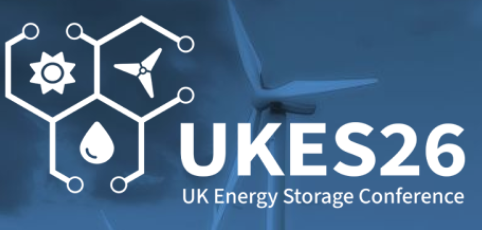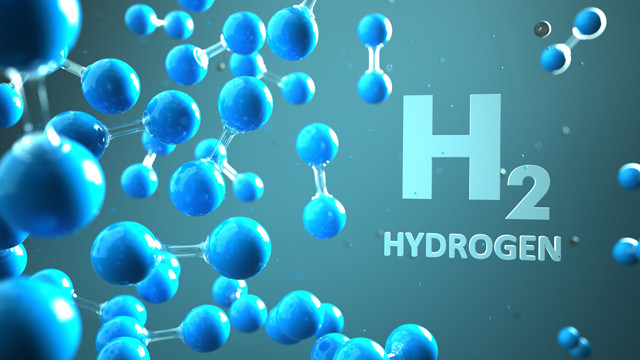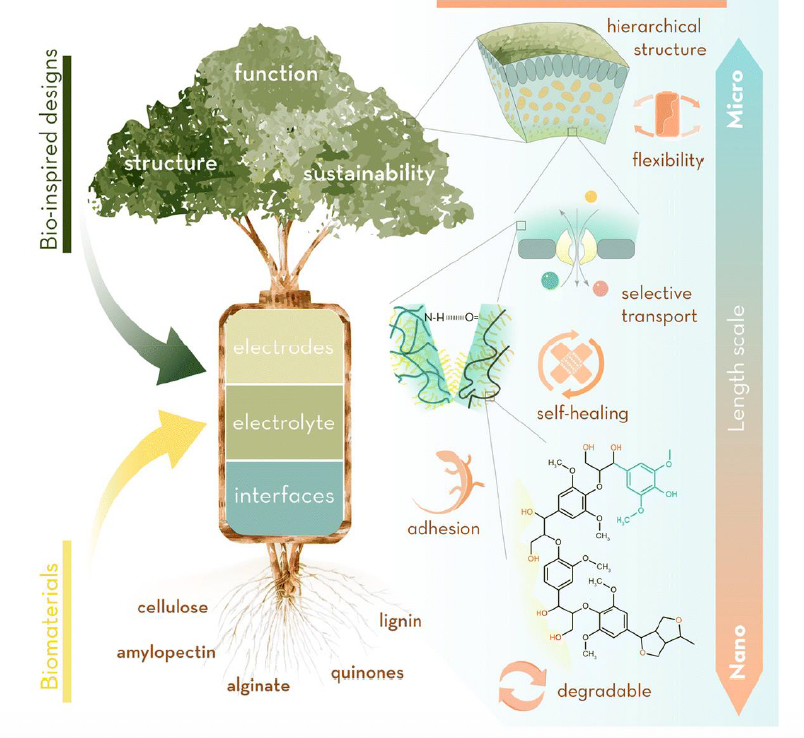
Making plans for a hydrogen ‘backbone’ across Britain by National Grid

As Britain works toward reaching net zero by 2050, hydrogen is one solution to decarbonising our gas system. Project Union is National Grid’s development of a hydrogen ‘backbone’ to link industrial clusters around the country.
We are exploring the development of a UK hydrogen ‘backbone’, which aims to join together industrial clusters around the country, potentially creating a 2000km hydrogen network.
Repurposing around 25% of the current gas transmission pipelines, Project Union will build on the government’s 10-point plan to invest more than £1 billion to unlock the potential of hydrogen and support the establishment of carbon capture, utilisation and storage (CCUS) in four industrial clusters.
It’s anticipated that the backbone could carry at least a quarter of the gas demand in Great Britain today, ensuring reliable, affordable and decarbonised energy for homes and businesses.
The project is exploring a hydrogen backbone connecting the Grangemouth, Teesside and Humberside clusters, as well as linking up with Southampton, the North West and South Wales clusters. As the clusters develop, we’ll be ready to join them up.
Using net zero development funding, we are financing a portfolio of net zero projects. One of these is the feasibility phase of Project Union, which will include: identifying pipeline routes; assessing the readiness of existing gas assets; and, determining a transition plan for assets in a way that supports the country’s net zero ambition.
The research will explore how we can start to convert pipelines in a phased approach by the end of the decade, aligning with government ambitions of producing five gigawatts of low-carbon hydrogen by 2030.
Project Union will also look at how to connect the backbone to the existing interconnectors coming into Bacton gas terminal in Norfolk, so allowing the UK to link with the EU hydrogen backbone that is also being developed – this could open up future import and export of hydrogen with European neighbours.
Read the full article here.













